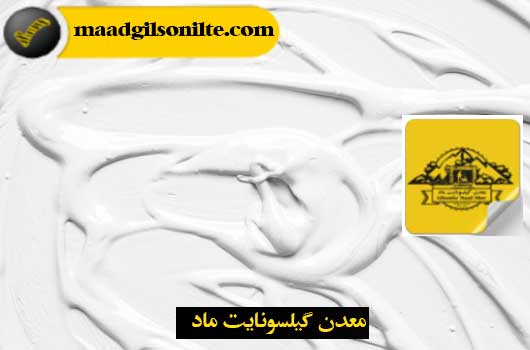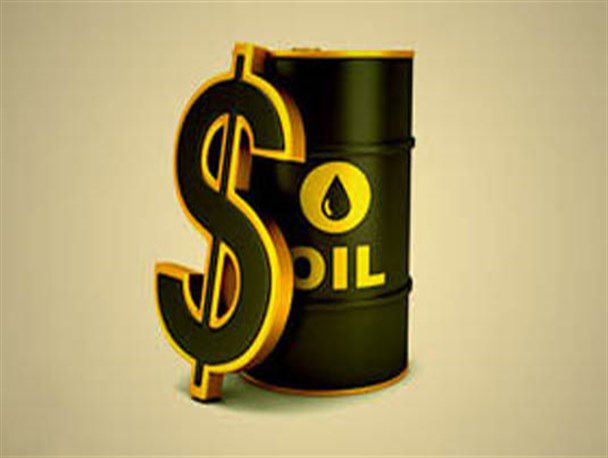
white bitumen , a versatile material with a wide range of applications in construction and infrastructure, has attracted increasing attention in recent years. In this article, we examine the properties, applications and methods of white bitumen use. From its chemical composition to its role in ceiling, road construction and waterproofing, we examine the benefits, disadvantages and environmental effects of this material. It is essential for construction industry specialists and environmentalists.
This type of product is also known as white or transparent waterproof membrane, a versatile substance used in construction because of waterproof properties. It is made of bitumen, a common material used in road construction and moisture insulation.
While the traditional bitumen is dark, the development of white bitumen brings a new option for construction projects that are important to aesthetics and reflection. The formulation of this material has evolved over time to meet the specific needs of various applications in the building industry.
It is mainly made of bitumen, adhesive, black or dark hydrocarbons derived from raw oil. The bitumen used in the production of white bitumen is usually obtained from natural bitumen sediments or as a sub -product of oil refining. The bitumen is then subjected to a correction process for discoloration from dark to white. This correction often involves the addition of optical fillers or pigments such as limestone or titanium dioxide, which gives white bitumen while maintaining its basic properties.
In addition to modified bitumen, it may contain additives and other reformists to enhance its functional features. These additives can include polymers, antioxidants, and UV stabilizers that improve durability, flexibility and climate resistance.
It is white or transparent that helps reflect sunlight and reduce heat absorption. These are excellent adhesion properties, flexibility and resistance to atmospheric factors that make it suitable for a wide range of building applications.
This product is commonly used as a ceiling material to create moisture insulation and protect against elements. It can be used as a liquid membrane or in the form of a sheet and provides a stable, durable solution for flat or low sloping ceilings.
In road construction, this material can be used as an adhesive in asphalt mixtures to improve pavement performance and reduce the effect of urban heat island. Its reflective properties can also help reduce surface temperature and extend the life of the road.
This white product is also widely used for waterproof bases, bases, tunnels and other low -lying structures. Its fierce adhesion and flexibility make it an effective barrier to water penetration and protects the structure from moisture damage.
– Excellent waterproof properties
– reduces heat absorption level
– durable and lasting
– All -working applications in construction
– The initial fee may be more compared to traditional bitumen
– Maintenance and reuse may be necessary over time
– Application requires special expertise for desirable results
It offers a modern and efficient solution for the needs of moisture and construction insulation and combines the performance with a lightweight white coating.
The methods of using this material vary depending on the specific application and the desired result. In the field of asphalt concrete production, white bitumen is usually mixed with gilesonite and aggregates such as crushed stone, bitumen, sand and sand to form a homogeneous mixture. The mixture is then heat and dense to produce white asphalt concrete, which can be finished using conventional pavement equipment and techniques.
In roofing and waterproofing applications, white bitumen membranes and coatings are applied using specialized equipment such as Gilsonite sprayers, rollers or brushes depending on the specific product and the surface used. This process includes cleaning and preparing the substrate, applying white bitumen in several layers and ensuring adhesion and joint integrity to achieve effective waterproof protection.
In agricultural and landscaping applications, white bitumen emulsions are usually diluted with water and applied to the target area using spray equipment. The amount and method of application may vary depending on soil conditions, environmental factors, and specific objectives of dust removal or soil stabilization.
Regular cleaning and timely repairs are essential to maintain the durability and appearance of white bitumen surfaces. Regular cleaning helps prevent dirty accumulation, while rapid repairs help relieve any damage and extend the lifespan.
Many factors, such as exposure to harsh weather, heavy traffic and inappropriate installation, can affect the lifespan of the surfaces made with this material. Proper maintenance, quality materials, and professional installation plays a vital role in ensuring the lifespan of these levels.
With the increased focus on stability, environmentally friendly alternatives to this traditional product are developing. The purpose of these alternatives is to reduce environmental impacts while maintaining the same level of performance and durability.
Proper recycling and disposal of white bitumen is very important to minimize environmental damage. Recycling initiatives can help change the use of old materials, while responsible disposal methods ensure that waste is effectively managed.
White bitumen is still a popular choice for different surface applications because of its durability and adaptability. As the advancement of technology and sustainability becomes very important, we can expect more innovations in the production and methods of the application of this popular material to meet the evolving environmental standards and industry demands. Waterproof capabilities and environmental considerations As the industry continues to evolve, future trends in the use of this product promise to improve stability and innovation. Knowing its properties and applications, we can use the full potential of white bitumen, such as natural bitumen applications, to create flexible and environmentally friendly environments.
White bitumen and black bitumen are two different types of bitumen. The main difference between them is their color. The traditional black bitumen is dark, while white bitumen is white. This difference in color is due to the various chemicals used in their production process.
The durability of white bitumen depends on a variety of factors, including bitumen quality, weather conditions, proper use and maintenance, and so on. However, in general, white bitumen can last for several years on surfaces. If this material is properly used and the appropriate levels are selected for use, it can have good resistance and durability.
Cleanness: White bitumen surfaces should be kept clean. You can use the appropriate water and detergent solution. Also, use soft and non -woven appliances to clean the surface.
Maintaining surfaces: Protect surfaces against impact and scratch. Use pads, carpets, or protective materials under heavy objects.
Preventing contact with acidic chemicals: White bitumen may be sensitive to certain chemicals. As a result, you should avoid contact with chemicals such as acids or materials containing surface wear.

